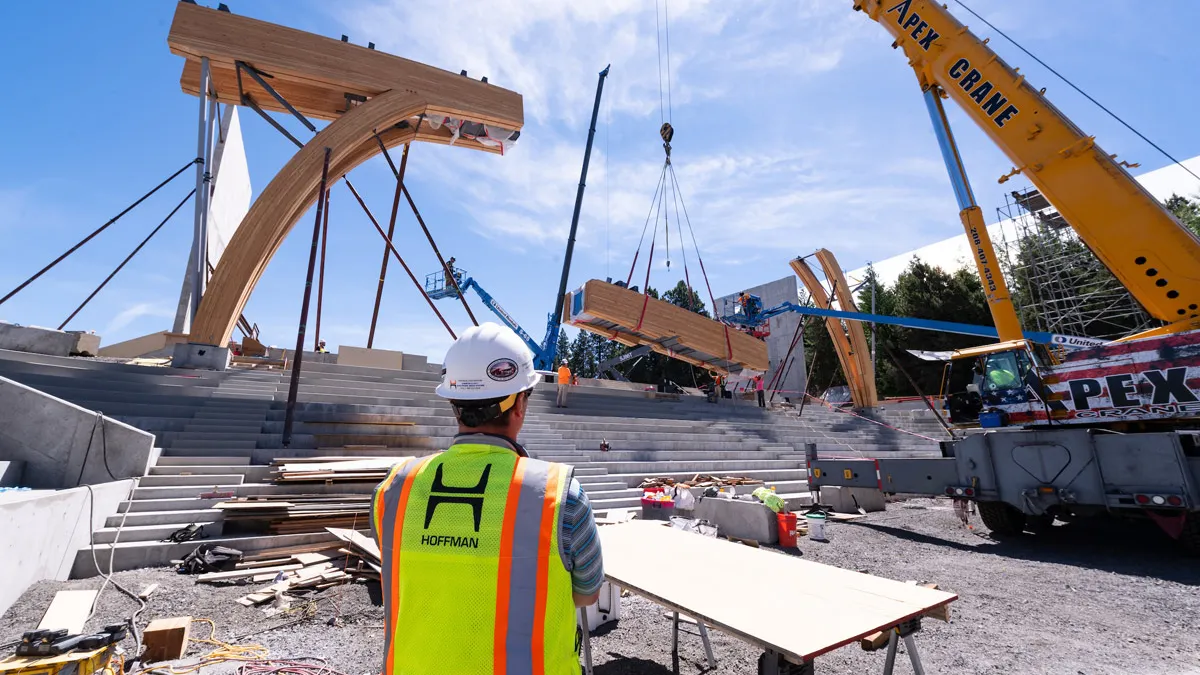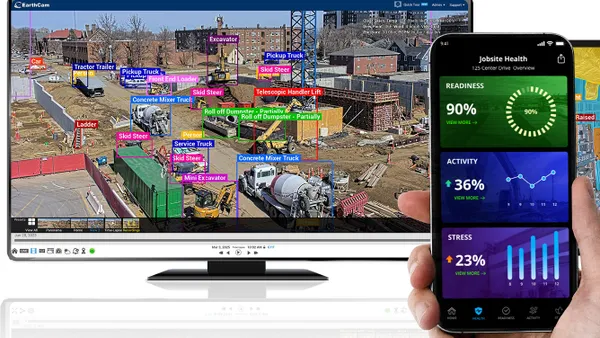Dive Brief:
- The University of Idaho announced on Sept. 30 that it received a $4 million award from the National Science Foundation's EPSCoR Research Infrastructure Improvement Program to study recycled materials in 3D printing, according to a university press release.
- Research will focus on re-engineering refuse from construction — in particular wood — into a material that can be used to 3D print modular floor, wall and roof panels. The funding extends through 2025.
- The focus of the project will not only be on sustainability, but also resilience, as researchers test the material's resistance to fire, water damage, pests and other degrading agents, according to the release.
Dive Insight:
Michael Maughan, an associate professor in the college of engineering at the University of Idaho and the principal investigator in the research, was optimistic about the material's possibilities.
"We're developing a new composite material, using completely bio-based resources on a truly large scale," Maughan said in the press release. "With this technology, houses and commercial buildings can be made entirely differently. We can push past climate change, mitigate impact on our environment and make better use of the natural resources we have."
3D printing continues to draw attention as a more sustainable long-term building practice. It's being used in a variety of ways in construction, from building entire large structures quickly to printing concrete components for projects like HS2, a massive high-speed rail project in the United Kingdom. Maughan said in the release he believes the university's 3D printing advancements will be a boon to the Idaho economy and construction industry.
The University of Idaho has already dipped its toes into experimenting with engineered wood in construction. Later this month, the Idaho Central Credit Union Arena will open up to the public, a campus structure the university claims is the first engineered wood venue of its kind in the U.S. According to the release, the arena is meant to celebrate and showcase the state's $2.4 billion wood industry.
The venue was built with the help of a wood innovation grant in 2017, with the U.S. Forest Service as an early partner. Jennifer Okerlund, executive director of the Idaho Forest Products Commission, said in the release that the whole industry was proud of the project.
"When we look at it, we see the amazing creativity of how we can utilize mass timber," Okerlund said.













